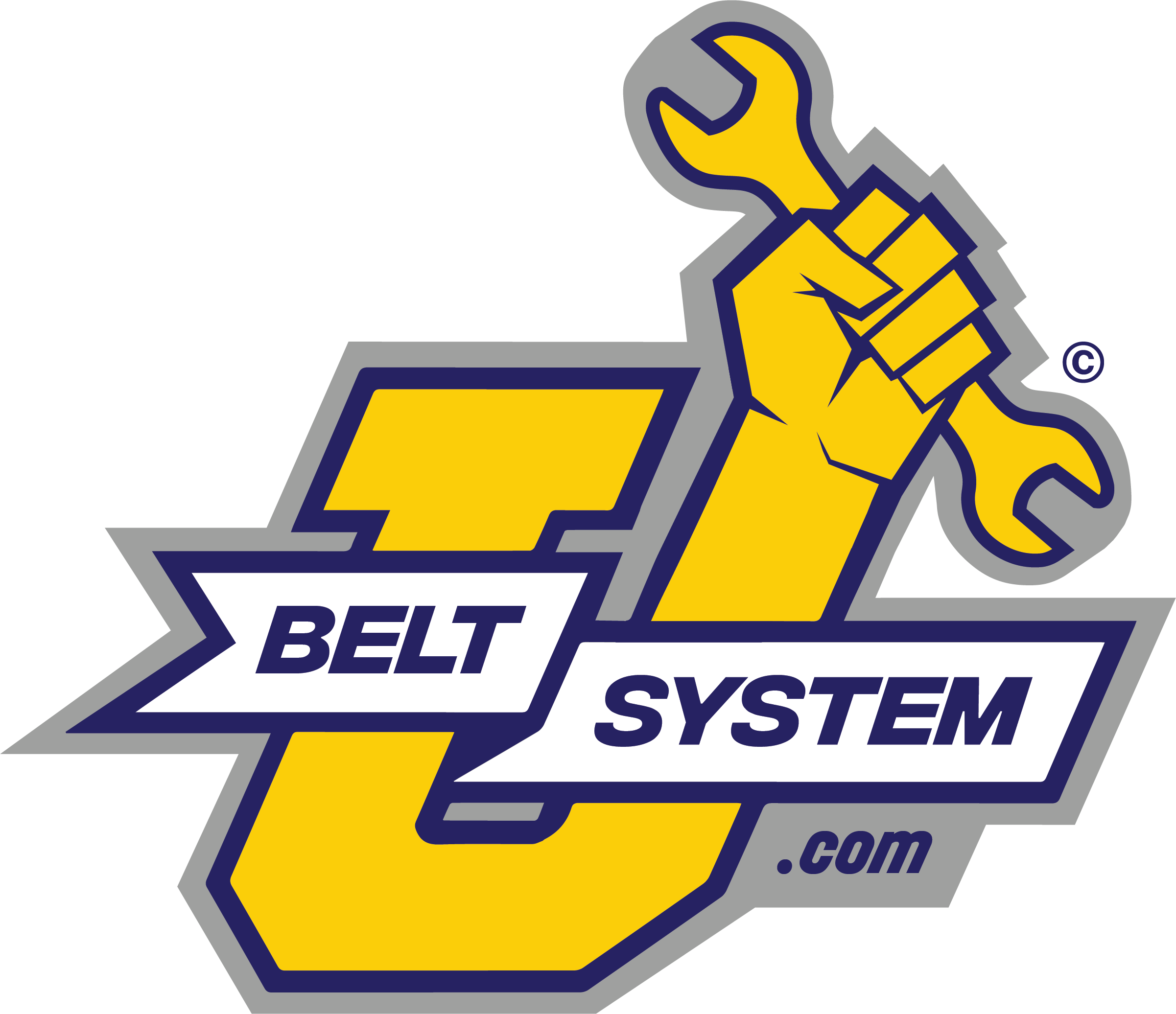Is the serpentine belt on your car showing signs of wear, or maybe you noticed some squealing coming from under the hood? It’s just a belt, and it isn’t scheduled to be replaced for another 10,000 miles. However, if your belt is out of alignment or corroding due to leaking fluids in the engine compartment, when it goes out you might be replacing more than this affordable and easy-to-replace part. What else can be damaged when your serpentine belt fails?
Power Steering Pump
The serpentine belt gets its name from the way it winds around multiple pulleys and gears, transferring power from your crankshaft to multiple pumps in the engine compartment. If the belt jumps off of a pulley or off a gear, your steering wheel will become nearly impossible to turn.
Air Conditioning Compressor
In some vehicles, the A/C compressor also is operated via the serpentine belt. Does it seem like your fans are running, but no cold air is coming out of the vents? If you just had your air conditioning serviced, the serpentine belt may be the cause. Make sure that its toothed ribs are firmly seated in the proper path and the tensioner is applying just enough pressure to keep it running smoothly.
Keeping the Lights on with the Alternator
Using a system of idler pulleys, the serpentine belt transfers the rotational power of the engine to the pulley of the alternator. When the pulley spins, an alternating current is generated which is transformed into DC power in the rectifier, which in turn keeps your headlights, stereo system, windshield wipers, power windows, etc. all functioning during your daily commute.
Circulating the Coolant
The pump that moves your coolant through the radiator to dissipate the heat built up in the engine relies on the belt for power. If the belt slips the track, rips apart, or is not at the right tension, your engine can overheat, resulting in a repair bill in the thousands.
Your serpentine belt and all of its pulleys and tensioners should be checked for wear, alignment, and corrosion during every routine maintenance visit. Most belts are designed to last from 60,000 to 100,000 miles, but when they fail, the damage can be catastrophic. It is highly recommended to adhere to your manufacturer’s recommended replacement schedule to prevent failures in multiple systems under the hood.
Replacing the belt in most modem vehicles requires a belt tensioner tool and the new belt, a minimal investment compared to replacing the steering, A/C, and coolant pumps. Once you have the belt out of the engine, take the time to make sure that all the idler pulleys move freely. Replace the ones that are cracked or worn. The tensioner arm may also require replacement if it is bent or corroded.






